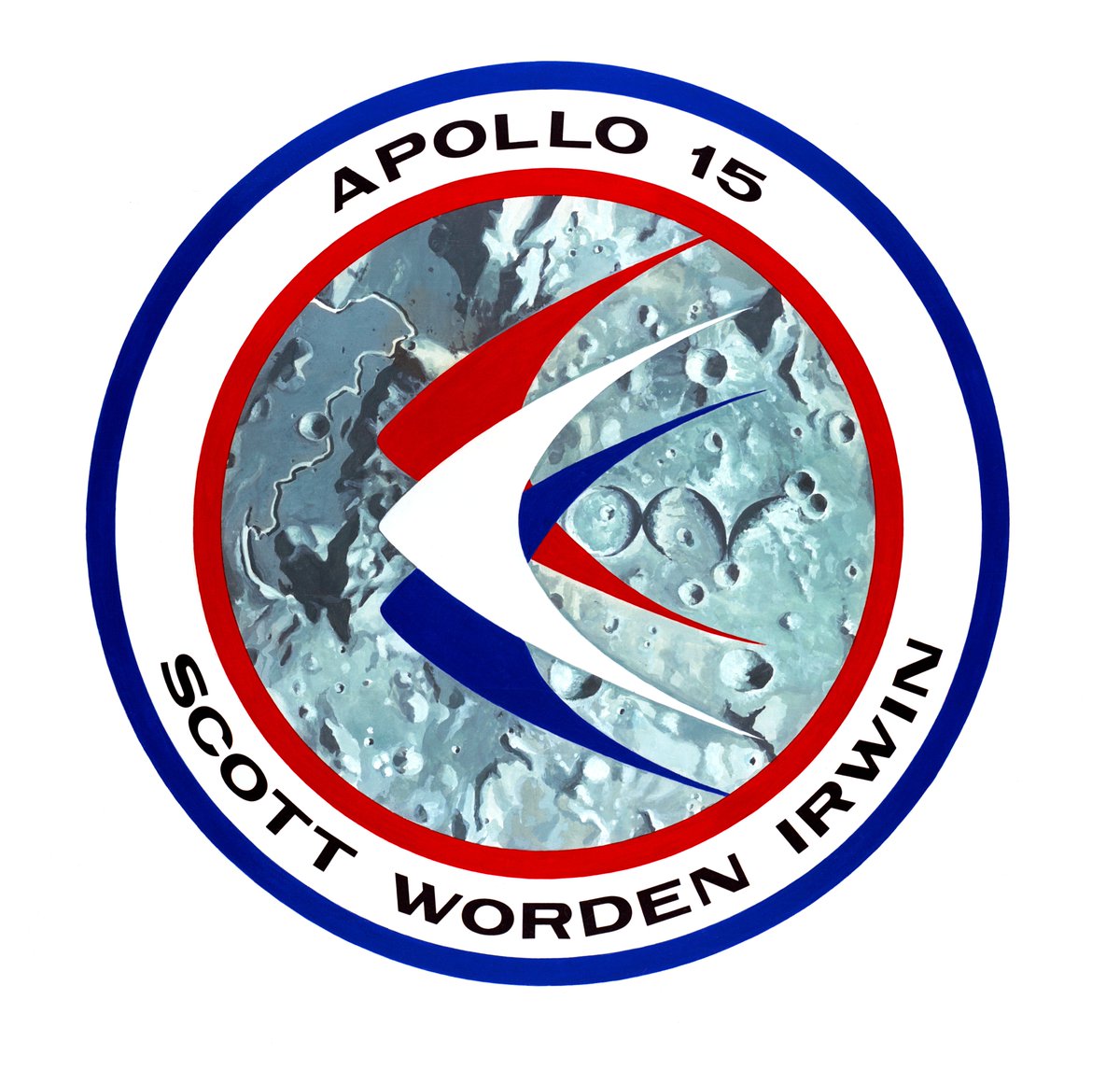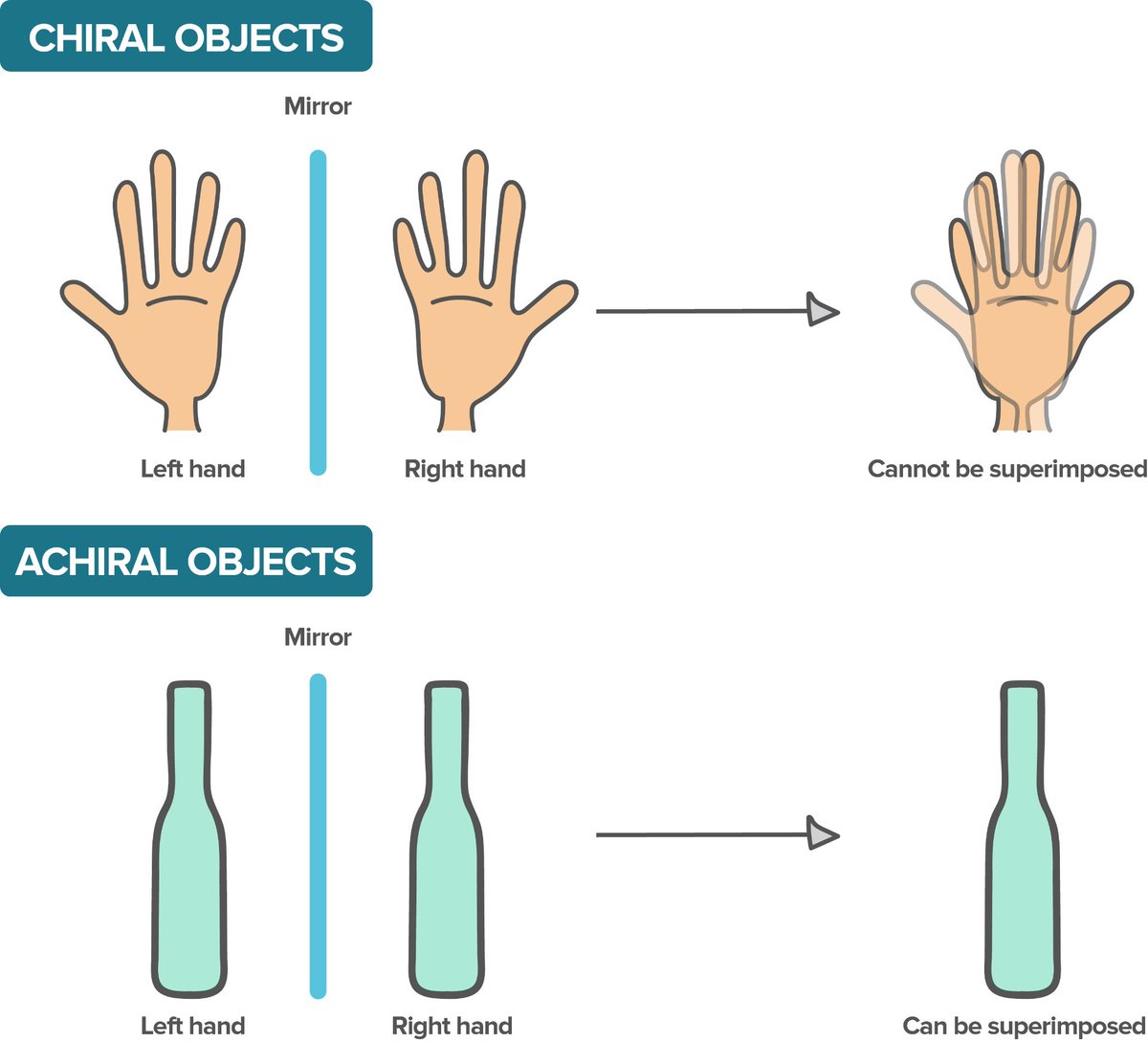Pulsars are effectively laboratories in Space that allow us to probe the behaviour of dense matter & its fundamental constituents 

But what about laboratories? Nuclear experiments? Particle accelerators? The most powerful heavy ion colliders we can build on Earth? Why do we need to study Pulsars so far away in Space?
Nuclear experiments probe matter at the density of a nucleus of an atom. But what is the nature of nuclear interactions at 10x nuclear density? Known stable nuclei have same number of neutrons/protons. But Pulsars ("Neutron Stars") have many more neutrons than protons! 

Accelerators such as @CERN, @FAIR_GSI_en that smash atoms at high energies probe hot & dense matter (2-3x nuclear density). But Pulsars are cold & 10x more dense! 



So nuclear labs/accelerators & Pulsars are probing complementary regions of the many possible complex phases of dense matter! 

• • •
Missing some Tweet in this thread? You can try to
force a refresh













